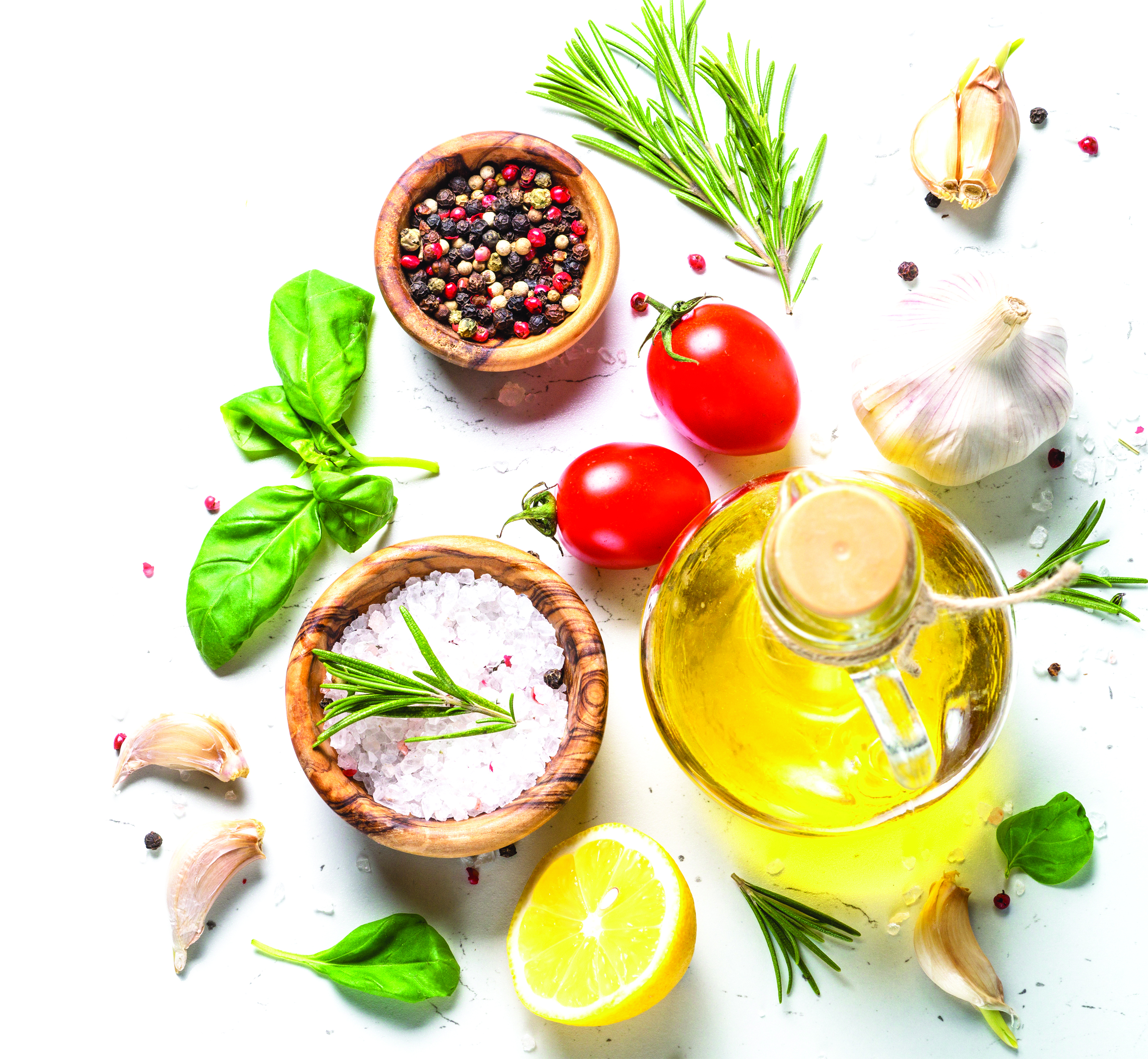Mar 25, 2021, 14:40
by
Sarah Washburn, MS, RDN, CSO
Buying organic food shouldn’t be so confusing, but it does
require some attention. The United States Department of
Agriculture defines produce as organic if it is certified to have
grown on soil with no synthetic fertilizer and pesticides for
three years prior to harvest. Meats can be labeled “organic”
if animals are raised in living conditions that accommodate
their natural behavior, are fed 100% organic food and are not
given antibiotics or hormones. There is continued debate about
whether these laws are adequate enough to protect our health
and the health of our planet.

The Environmental Working Group (EWG) created the 2020
Shopper’s Guide to Pesticides in Produce that includes helpful
lists of popular fruits and vegetables with the highest and
lowest pesticide contents. Their analysis included sampling each
produce to test the amount and number of pesticides present.
For example, multiple samples of kale showed higher pesticide
content than other crops, and these samples contained many
different pesticides. Prior to EWG’s testing, the produce
samples with inedible peels were peeled and those with edible
peels were rinsed under cold running water and drained.
Popular lists from the 2020 Shoppers Guide to Pesticides in
Produce include:
- The Dirty Dozen list consists of produce with the highest
pesticide content ranked from highest to lowest:
strawberries, spinach, kale, nectarines, apples, grapes,
peaches, cherries, pears, tomatoes, celery and potatoes.
TAKEAWAY: If you would like to decrease your pesticide
exposure, you may prefer to buy these foods organic.
- The Clean Fifteen list consists of produce with the lowest
pesticide content ranked from lowest to highest: avocado,
sweet corn, pineapple, onions, papaya, sweet peas (frozen),
eggplant, asparagus, cauliflower, cantaloupes, broccoli,
mushrooms, cabbage, honeydew melon and kiwi.
TAKEAWAY: These foods contain less pesticides, so you may be
more comfortable buying these foods conventionally-grown.
Whether your fruits and vegetables are organic or
conventionally-grown, they are the foundation of a
healthy diet. Make these foods the main focus of your
meals. Here are a couple of ways to increase your
intake of fruits and vegetables:
- Start eating vegetables in the morning. Add lots of
veggies to your eggs or add cucumbers and a handful
of spinach to your toast with almond butter.
- Keep cut up fruits and vegetables in your refrigerator
for easy access. Add them to soups, sandwiches,
salads, meat and whole grain dishes, or snack on them
throughout the day.
Finally, enjoy your meals, allow time to “rest and digest”
during mealtime and stay as active as medically able.
You can find the complete 2020 Shoppers Guide to
Pesticides in Produce at ewg.org/foodnews.